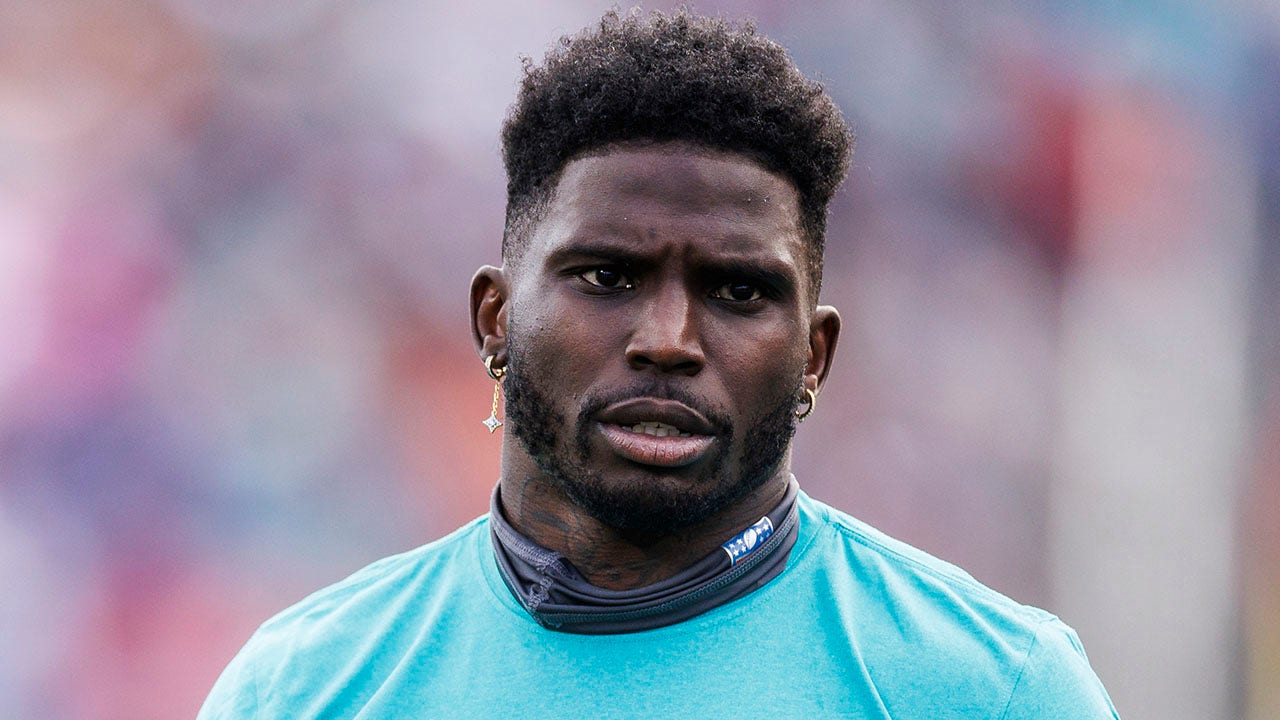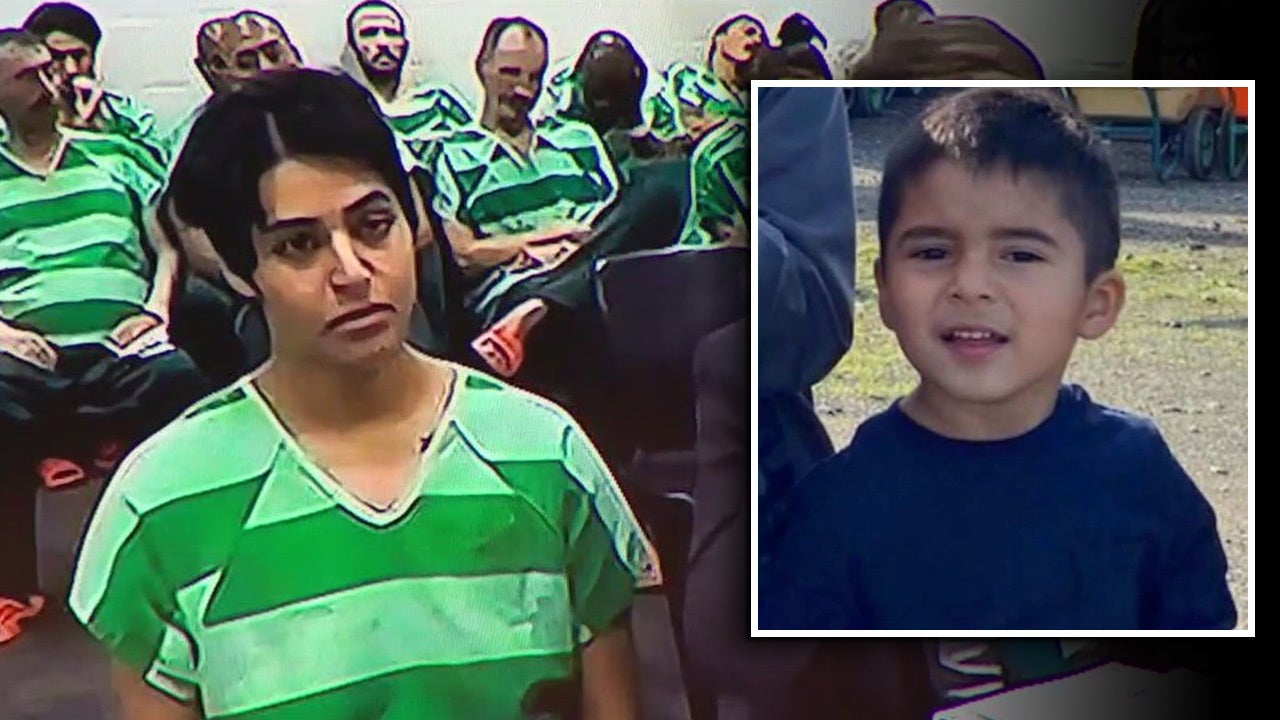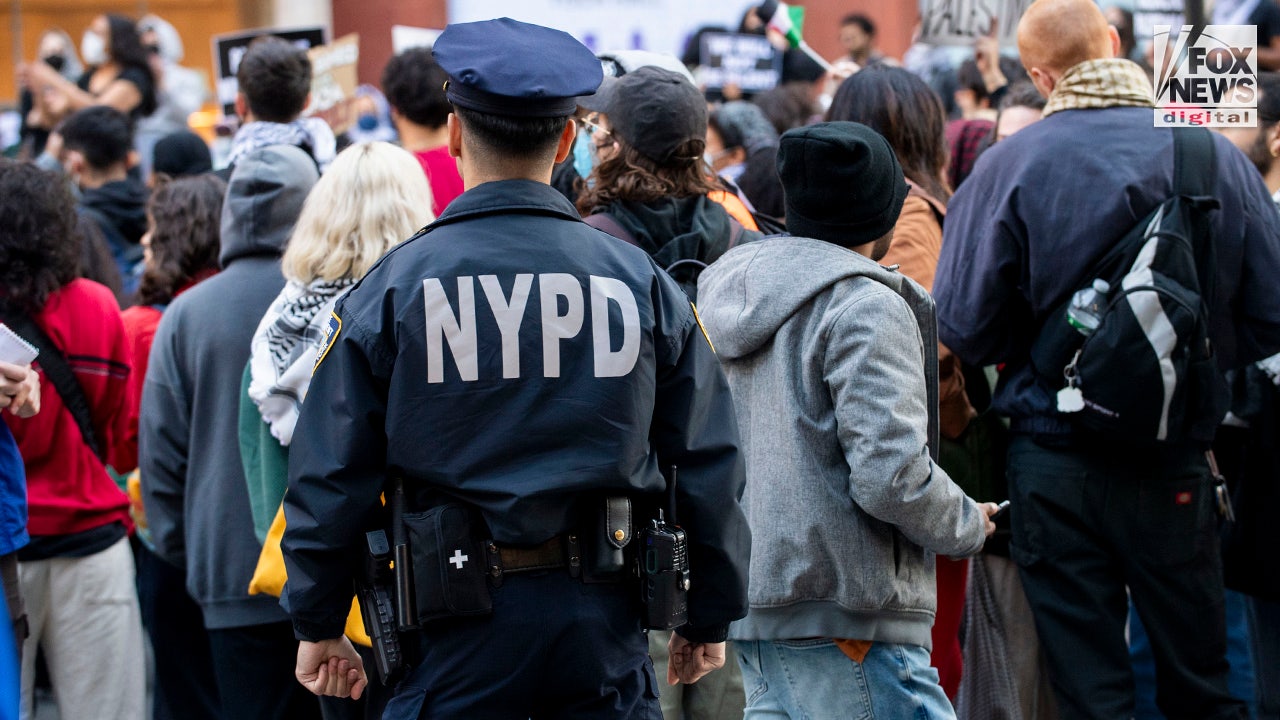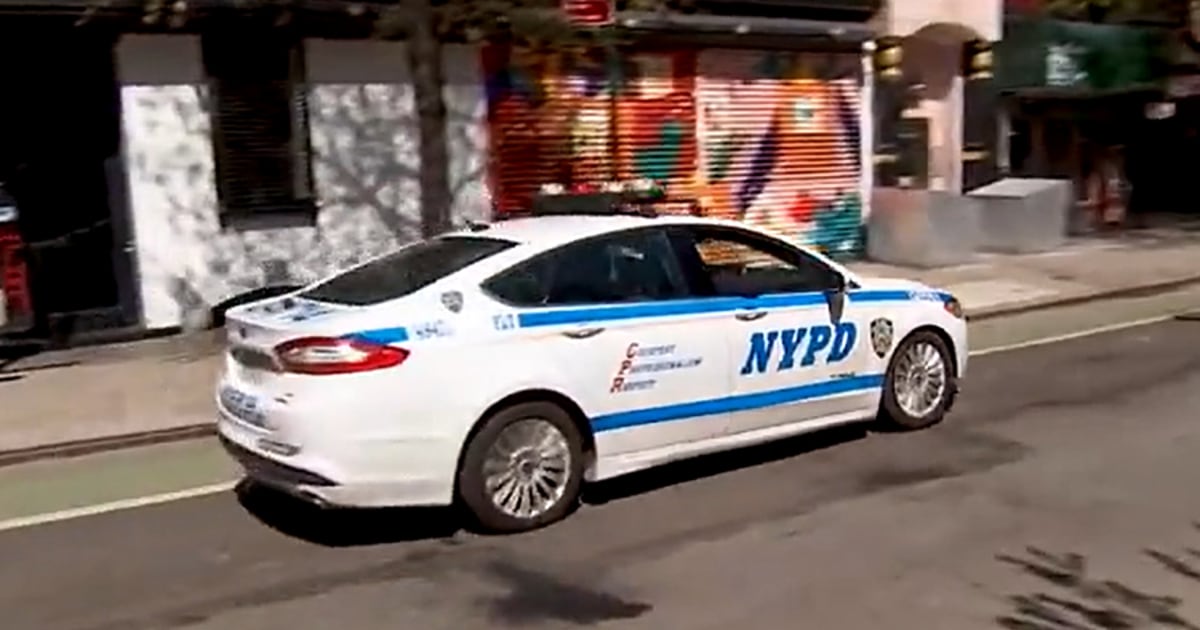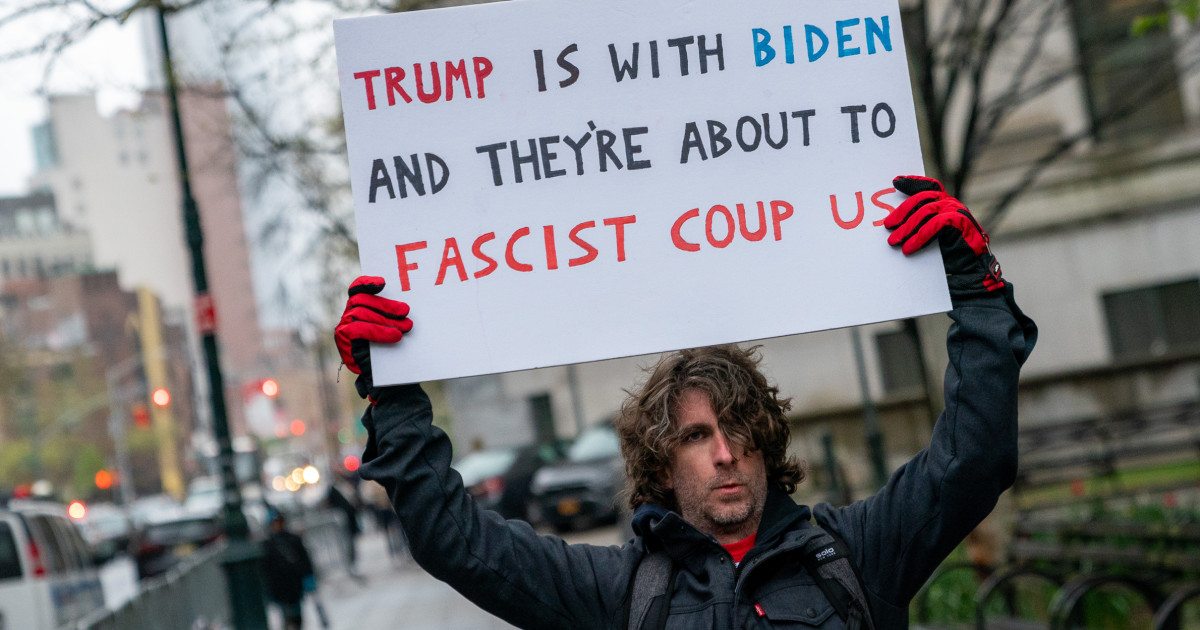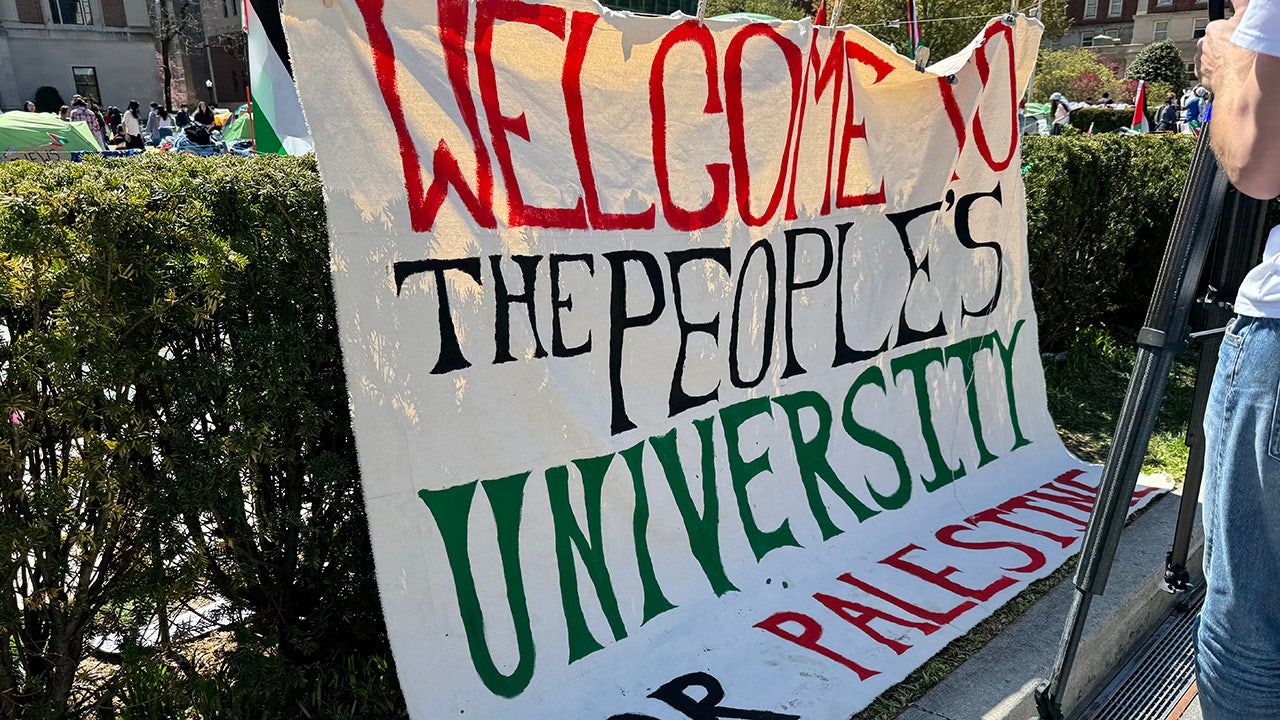More than 40,000 people were killed last year in traffic crashes, according to preliminary data released Monday, remaining above pre-pandemic levels but slightly down from their peak in 2021.
The new data from the National Highway Traffic Safety Administration adds to concerns that little is being done to address one of the most common causes of preventable deaths. Traffic deaths spiked in 2020 and again in 2021 and have since declined slightly. Still,they are up 25% since 2013, and the Governors Highway Safety Association found that pedestrian deaths reached a 40-year high in the United States in 2022.
The NHTSA said that “distracted driving,” an issue that has grown in urgency with the ubiquity of smartphones, resulted in 3,308 deaths and 289,310 injuries in 2022, and 3,522 deaths in 2021.
The agency released the data to coincide with the launch of an April campaign to spread awareness about distracted driving called “Put the Phone Away or Pay,” which hopes to scare people away from texting and driving, but which some advocates call an ineffective waste of resources.
“Put the Phone Away or Pay means paying for tickets or points on your license, but it also means paying the ultimate price in the event of a deadly crash,” NHTSA Deputy Administrator Sophie Shulman said.
“We want folks to understand the consequences of looking at your phone while driving,” she said.
Shulman said the campaign consists of new nationwide advertisements warning what can happen if people drive distracted, coupled with heightened law enforcement for distracted driving.
In a live event for the campaign’s launch Monday, she said distracted driving crashes had an economic cost of $98 billion in 2019 alone.
The NHTSA plans to spend $5 million in national media advertisements for the campaign, according to a press release.
Some road safety advocates aren’t convinced that these campaigns do anything to make roads significantly safer, thinking instead they are more of a way for the NHTSA to shirk its own regulatory responsibilities while appeasing motorists.
“These public education campaigns are simply a way to pin the responsibility on individual Americans and skip past the responsibility the NHTSA itself has and automakers have,” David Zipper, senior fellow at the MIT Mobility Initiative, told NBC News.
Andrew Gross, spokesperson for AAA, said that while the group supports driver awareness campaigns, their efficacy is tough to measure.
“If someone sees this messaging and it gets them to put their phone down, then it’s effective, but that’s very hard to measure,” he said, adding that other factors such as speed and impairment have more to do with traffic deaths than distraction.
Seth LaJeunesse, senior research associate at University of North Carolina Chapel Hill’s Highway Safety Research Center, said he thinks these awareness campaigns have virtually no effect.
“In isolation especially, they don’t have much of an effect at all,” he said, adding that most drivers don’t think these advertisements apply to them.
LaJeunesse said that communities need to be designed in such a way that driving — which he sees as inherently dangerous — isn’t as necessary.

